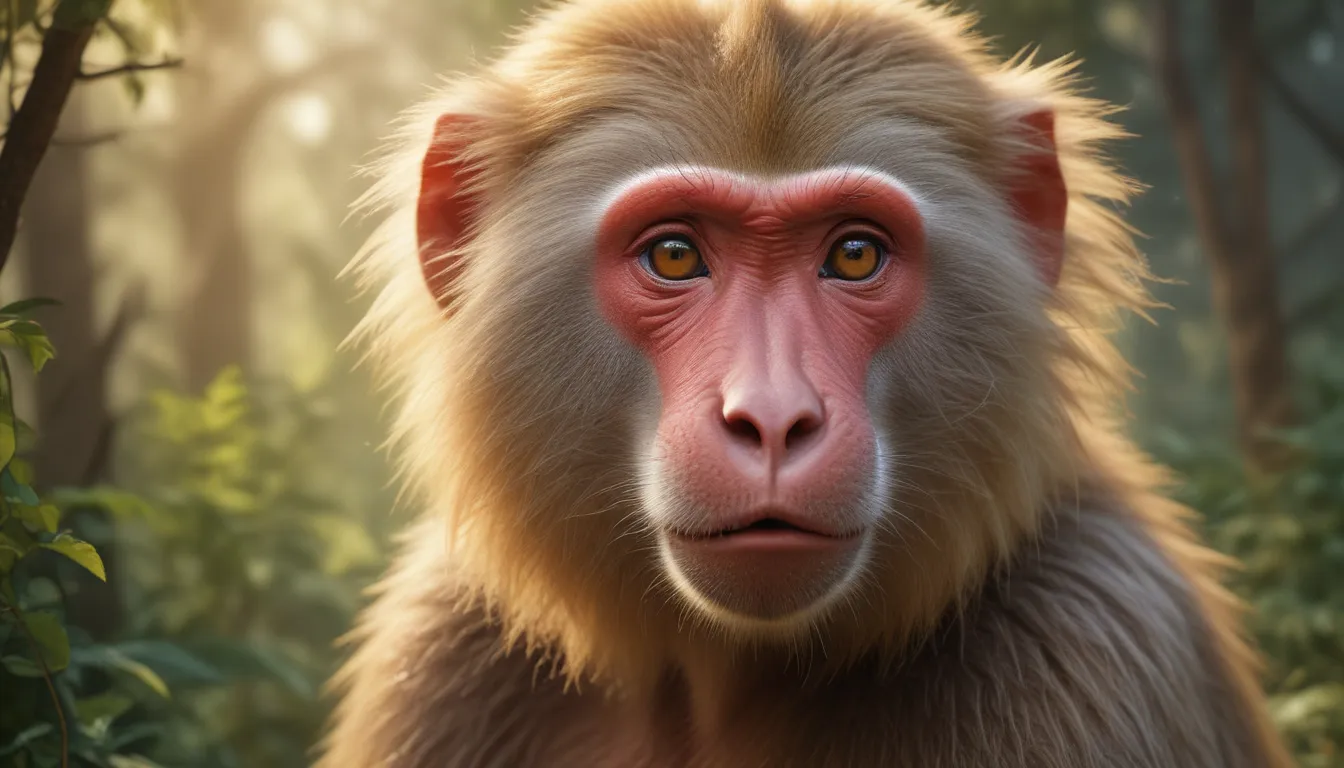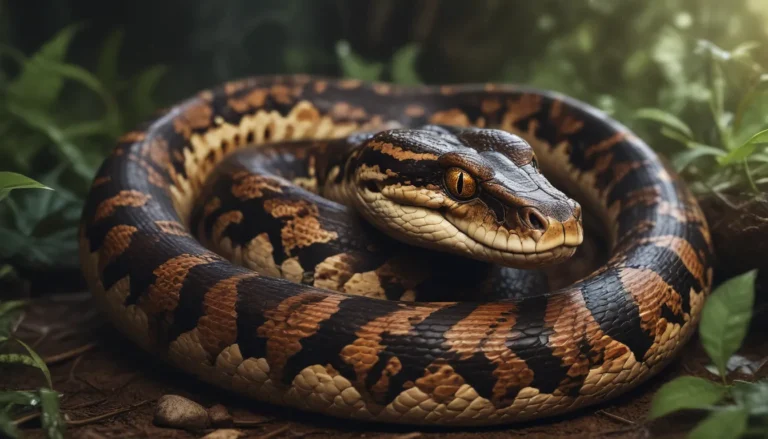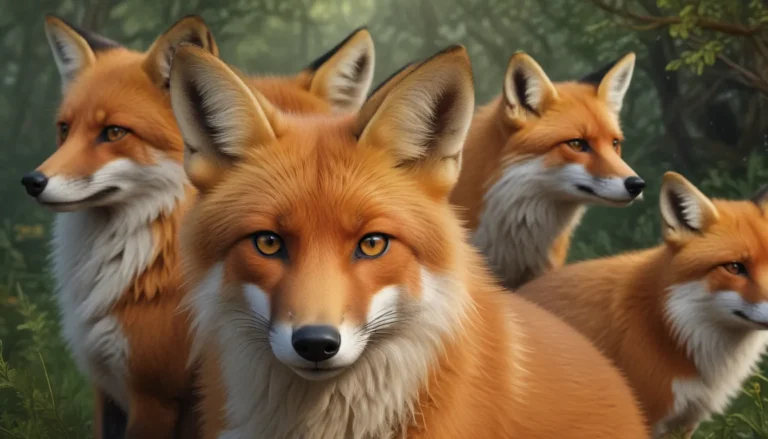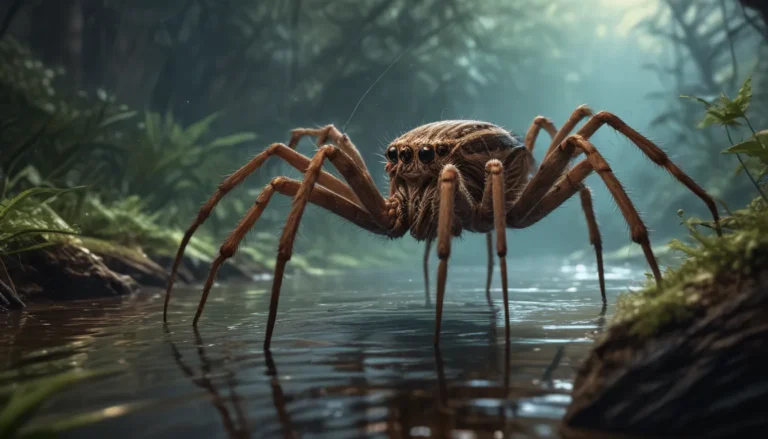The pictures we use in our articles might not show exactly what the words say. We choose these pictures to make you interested in reading more. The pictures work together with the words but don’t take their place. The words still tell you the important facts.
Welcome to the intriguing world of baboons, where these charismatic creatures showcase their unique physical traits, intelligent behavior, and complex social structures. From their diverse species to their remarkable adaptations, baboons have captivated researchers and animal enthusiasts alike. In this article, we will delve into 14 fascinating facts about these amazing animals, shedding light on their captivating nature and the importance of conservation efforts to protect them.
Unveiling the World of Baboons
Baboons, classified as Old World monkeys, are renowned for their distinct appearance and highly social nature. Within the baboon family, there are six recognized species, each with its own unique characteristics. These primates live in hierarchical social groups known as troops, where a dominant male leads the group, surrounded by subordinate males and females with their offspring.
The Versatility of Baboons
Baboons showcase remarkable adaptability, thriving in various habitats such as savannas, grasslands, and mountainous regions. Their omnivorous diet includes fruits, seeds, leaves, insects, small mammals, and birds, allowing them to survive in diverse environments. Furthermore, their agility as climbers and proficiency as swimmers contribute to their versatility in navigating their surroundings.
An Insight into Baboon Behavior
Male baboons exhibit distinct physical features, such as larger size, a mane, and sharp canine teeth used for intimidation and defense. These primates communicate through vocalizations, facial expressions, and body movements, conveying information about threats, food sources, and social interactions. Grooming rituals play a crucial role in maintaining social bonds within the troop, promoting cohesion and teamwork among individuals.
The Intelligence and Social Dynamics of Baboons
Baboons, recognized for their problem-solving skills and tool usage, demonstrate a high level of intelligence. Their cognitive abilities rival those of other primate species, showcasing adaptability to new situations and environments. Within the troop, complex relationships and social hierarchies exist, with females forming strong bonds and males competing for dominance and reproductive opportunities.
The Ecological Role of Baboons
As seed dispersers, baboons play a vital role in maintaining the balance of plant species in their habitats, influencing the behavior and distribution of other animals in the ecosystem. Despite their significance in ecosystem dynamics, baboons face numerous threats, including habitat loss, hunting, and poaching, leading to population declines in some species.
Preserving the Future of Baboons
Conservation efforts are essential to safeguard baboons from extinction, ensuring the survival of these majestic primates and the ecosystems they inhabit. By raising awareness about the importance of protecting baboons and their habitats, we can contribute to their long-term preservation and promote harmony between humans and wildlife.
FAQs - Exploring More About Baboons
- What is the lifespan of a baboon? Baboons typically live between 20 to 30 years in the wild, with some individuals reaching up to 45 years in captivity.
- Are baboons herbivores or carnivores? Baboons are omnivorous, consuming a diet of fruits, leaves, seeds, insects, small mammals, and birds.
- How do baboons communicate with each other? Baboons use vocalizations, facial expressions, and body postures to convey information within the troop.
- Are baboons endangered? While some baboon species are listed as "Least Concern," others face population declines due to various threats.
- Do baboons display hierarchical social structures? Yes, baboons form hierarchical societies with dominant individuals occupying higher ranks within the troop.
- Do baboons mate for life? Baboons engage in a promiscuous mating system with multiple partners.
- Do baboons exhibit altruistic behavior? Baboons have been observed displaying altruistic behaviors, including protecting the young, forming alliances to defend against predators, and sharing food in times of scarcity.
- Are baboons good swimmers? Baboons can swim but are not known for their proficiency in deep waters.
- Do baboons build nests? Baboons do not build nests and typically sleep in trees, on rock outcroppings, or in caves.
Expand Your Knowledge Beyond Baboons
Baboons are not the only captivating creatures in the animal kingdom. Consider exploring the fascinating world of tarantulas, from the King Baboon Tarantula to the Golden Blue Leg Baboon and the Orange Baboon Tarantula. These arachnids offer a wealth of intriguing characteristics to discover, enhancing your knowledge and appreciation for the diverse species that share our world.
Embracing the Wonder of Baboons
As we unveil the 14 facts about baboons, we gain insight into the world of these intelligent and social animals. Their unique behaviors, adaptability, and ecological importance highlight the need for conservation efforts to protect them and their habitats. By fostering a deeper understanding of baboons and their role in the ecosystem, we can ensure their survival for generations to come. Let us continue to appreciate and admire the resilience and adaptability of baboons in the ever-changing landscape of our planet.






